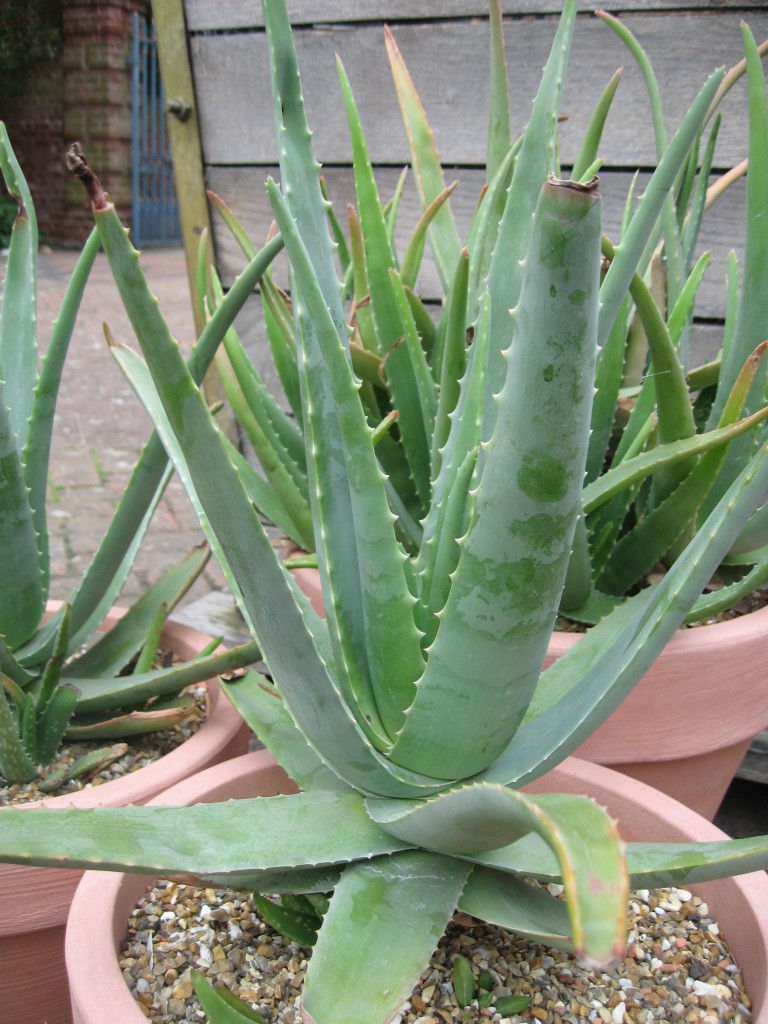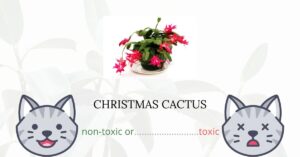When one thinks of succulent plants, Aloe vera often claims the spotlight due to its striking appearance and myriad of health benefits. Yet, the world of flora is rich with fascinating look-alikes that can easily be mistaken for this beloved perennial. These botanical doppelgängers showcase aesthetic appeal while offering unique characteristics of their own. Herein lies a journey through the fascinating realm of plants that share visual similarities with Aloe vera, inviting both intrigue and admiration.
Botanical Camouflage: A Glimpse into Nature’s Masterpieces
Nature is a master of mimicry, with many plants evolved to resemble each other. This shared resemblance can often confuse even the most seasoned enthusiasts. The plant world thrives on variety, and several species don the iconic rosette formation and fleshy leaves reminiscent of Aloe vera. The majority of these look-alikes share the succulent trait, enabling them to thrive in arid environments and captivating the eye with their aesthetic potential.
The Agave Family: Aloesque Giants of the Desert
One cannot explore Aloe-like plants without mentioning the Agave genus. These majestic succulents, often mistaken for their smaller counterpart Aloe vera, boast an impressive stature and striking foliage.
The Agave americana, commonly known as the Century Plant, flaunts its robust, sword-like leaves that can reach impressively broad spans. This desert-dweller showcases a striking pale blue-green hue, which varies dramatically depending on the strain. The margins of the leaves are adorned with jagged, spiny teeth that create a formidable yet beautiful silhouette. When this plant reaches maturity, it produces a towering floral stalk, offering a mesmerizing spectacle that surpasses many garden showstoppers.
Moving beyond Agave americana, consider the striking Agave parryi. Its compact form and ornamental foliage make it particularly desirable for xeriscaping. Often referred to as the Artichoke Agave, the rosette shape mimics that of Aloe vera, yet its sculptural leaves are dense and spinier, embracing an aesthetic that is equally rugged and refined.
Haworthia: The Intriguing Miniature Succulent
Shifting from the giants to the petite, we uncover the alluring world of Haworthia. These diminutive succulents are characterized by their striking leaf patterns and rich array of textures. Haworthia species, such as Haworthia attenuata, are often heralded for their compatibility as houseplants, effortlessly injecting a dose of charm into indoor spaces.
Haworthia attenuata, also known as the Zebra Plant, displays thick green leaves adorned with pronounced white tubercles, evoking a striking resemblance to the surface texture found on Aloe vera leaves. This striking appearance is further heightened by its tendency to produce offsets, or pups, which can create an enchanting colony effect. As a group, Haworthias are a testament to the beauty of the smaller succulent, engaging onlookers with their fascinating complexity and adaptability.
Gasteria: The Dark Horse of Succulent Aesthetics
The genus Gasteria adds yet another layer to the tapestry of Aloe look-alikes. This captivating genus features a variety of forms, often boasting thick, fleshy leaves and an elegant rosette shape. Gasteria bicolor is particularly noteworthy; its robust leaves exhibit a mesmerizing gradient of green, adorned with white specks akin to that of a star-speckled night sky.
Delving deeper into Gasteria, one discovers Gasteria carinata, which is characterized by its distinctive ridged leaves and rich coloration. These plants not only echo the visual allure of Aloe vera but often thrive in similar conditions, showcasing the versatility found within this succulent family. Gasteria’s low maintenance requirement combined with its aesthetic appeal makes it a wonderful alternative for those seeking the charm of Aloe vera without the need for extensive care.
Discovering the Nuances: Subtle Differences and Care
While the visual similarities shared among these plants serve to pique interest, it is their differences and unique care requirements that define their place in the botanical world. Aloe vera thrives in bright, indirect sunlight and requires well-draining soil, while Agave species tend to be more forgiving of direct sun exposure. Meanwhile, Haworthia prefers the comparative shade, thriving in less intense light, which is essential for maintaining their vibrantly patterned foliage.
Gasteria, on the other hand, occupies a middle ground, appreciating a mix of bright light and indirect shade. Additionally, their watering needs diverge; while Aloes enjoy a slightly more generous watering schedule, Haworthias and Gasterias appreciate a more measured approach to moisture.
In closing, the allure of Aloe vera is enhanced by the exquisite diversity presented by its look-alikes. From the grandeur of Agave to the charm of Haworthia and Gasteria, each plant contributes to the intricate narrative of botany. These remarkable succulents not only capture the eye but invite enthusiasts to explore and appreciate the fascinating characteristics that define their existence. In a world where aesthetics and resilience intersect, these Aloe impersonators remind us to celebrate the incredible variety of life that flourishes in nature.





Leave a Comment